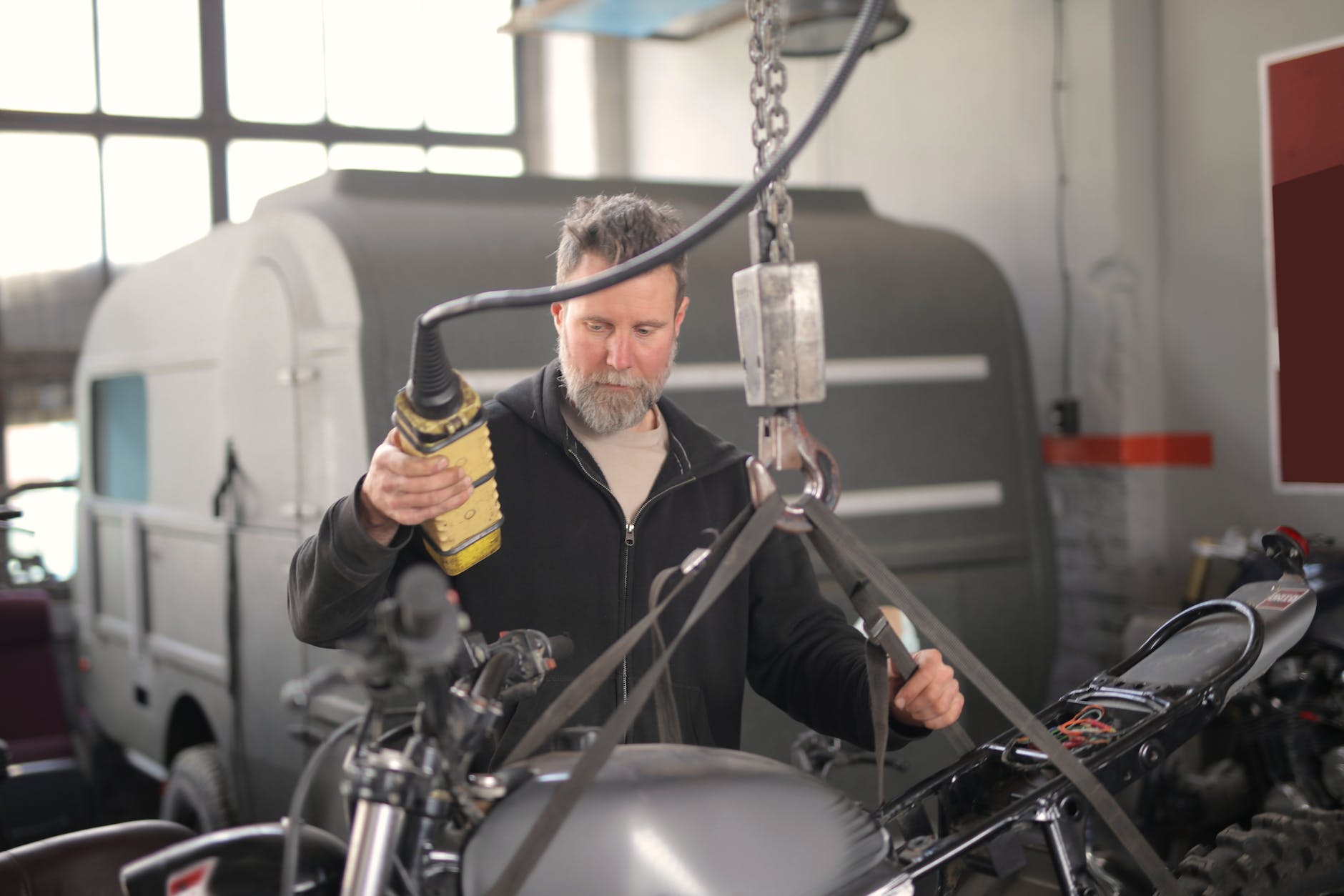
Difference Between Hydra Crane and Farana Crane | Download PPT
Introduction to Cranes
Difference Between Hydra Crane and Farana Crane : Cranes have been an integral part of industries requiring heavy lifting and movement of materials. These mechanical devices play a pivotal role in construction, manufacturing, and various other sectors where the transportation of heavy loads is crucial.
Understanding Hydra Crane
What is a Hydra Crane?
A Hydra Crane is a specialized crane equipped with hydraulic systems, designed for heavy-duty lifting. It utilizes hydraulic power to lift and move substantial weights efficiently.
Features and Specifications
Hydra Cranes typically feature a telescopic boom, providing enhanced reach and flexibility. They come with varying load capacities, ranging from a few tons to several tons, catering to diverse project requirements.
Applications and Uses
These cranes find extensive use in construction sites, infrastructure development, and industries requiring versatile lifting solutions due to their ability to navigate challenging terrains and handle heavy loads efficiently.
Exploring Farana Crane
What is a Farana Crane?
A Farana Crane, on the other hand, is a type of crane recognized for its robustness and stability. It employs a different mechanism, often using cables and pulleys for lifting operations.
Features and Specifications
Farana Cranes are characterized by their sturdy build and exceptional stability, making them suitable for precise and controlled lifting operations. They are available in various configurations, offering different load capacities.
Applications and Uses
These cranes are commonly employed in tasks requiring precise positioning and controlled lifting, such as erecting steel structures, installation of heavy machinery, and assembly in manufacturing units.
Comparing Hydra Crane vs. Farana Crane
Structural Differences
The fundamental variance lies in their construction: Hydra Cranes rely on hydraulic mechanisms, while Farana Cranes utilize cable and pulley systems.
Operational Variances
Hydra Cranes are known for their mobility and adaptability to diverse terrains, whereas Farana Cranes excel in controlled and precise lifting operations.
Load Capacity and Mobility
Hydra Cranes exhibit varying load capacities and enhanced mobility, making them suitable for diverse projects. Farana Cranes offer stability and precision in lifting but might have limitations in maneuverability.
Efficiency and Versatility
Hydra Cranes are versatile and can handle various tasks efficiently. Farana Cranes, while excelling in precision, may have limitations in adapting to different job requirements.
Pros and Cons of Hydra and Farana Cranes
Benefits of Hydra Crane
- Excellent mobility
- Versatile in different terrains
- Efficient in handling diverse tasks
Advantages of Farana Crane
- Precise and controlled lifting
- Exceptional stability during operations
- Ideal for specific lifting requirements
Limitations of Hydra Crane
- Potential maintenance complexities
- Limited precision in lifting compared to Farana Crane
- Might require more frequent maintenance checks
Drawbacks of Farana Crane
- Limited adaptability to diverse terrains
- Less mobility compared to Hydra Crane
- Higher initial investment costs
Cost Analysis
Initial Investment
Hydra Cranes might have lower initial investment costs due to their adaptability, whereas Farana Cranes could be pricier due to their precision engineering.
Maintenance Costs
The maintenance expenses for Hydra Cranes might escalate due to their complex hydraulic systems, while Farana Cranes may have lower maintenance requirements.
Long-term Expenses
Considering adaptability and maintenance, the long-term expenses might vary between the two crane types, depending on usage and operational conditions.
Industry Specifics
Construction Sector
Hydra Cranes are favored for their adaptability in construction sites, whereas Farana Cranes find specific applications in precision-oriented tasks within the construction sector.
Heavy Machinery Operations
Industries dealing with heavy machinery prefer Hydra Cranes for their versatility, while Farana Cranes are sought after for their precise lifting capabilities.
Utility in Different Industries
Both crane types cater to different industries based on their specific requirements, showcasing their individual strengths in varied sectors.
Safety Measures and Regulations
Safety Standards for Hydra Crane
Regulatory bodies emphasize regular maintenance and operator training for Hydra Cranes to ensure safe operations.
Safety Precautions for Farana Crane
Farana Cranes require stringent adherence to safety protocols during lifting operations due to their precision nature, focusing on stability and control.
Top 10 Safety Supervisor Interview Questions and Answers | Download PPT
Safe Operating Procedure for Construction | Download PPT
Risk Assessment for Construction Site | Download PPT
Monthly Safety Training Topics From Jan-Dec | Download PPT
Conclusion
In conclusion, Hydra and Farana Cranes offer distinct advantages catering to different operational needs. The choice between these cranes depends on the specific requirements of the project, balancing factors such as mobility, precision, cost, and industry-specific needs.
FAQs
- Which crane is more suitable for heavy lifting tasks?
- Hydra Cranes are typically more adaptable to heavy lifting tasks due to their varying load capacities and enhanced mobility.
- Are Farana Cranes more expensive than Hydra Cranes?
- Farana Cranes might have higher initial investment costs due to their precision engineering, but long-term expenses could vary based on usage and maintenance.
- What safety measures should be taken when operating Hydra Cranes?
- Regular maintenance and operator training are crucial for ensuring safe operations with Hydra Cranes.
- In which industries are Hydra and Farana Cranes commonly used?
- Hydra Cranes find applications in construction, heavy machinery operations, and diverse industries requiring adaptable lifting solutions. Farana Cranes are employed in tasks demanding precise and controlled lifting operations, such as steel structure erection and manufacturing assembly.
- What can we expect in the future of crane technology?
- The future holds promising technological advancements focusing on improving efficiency, safety, and adaptability in both Hydra and Farana Cranes.
























